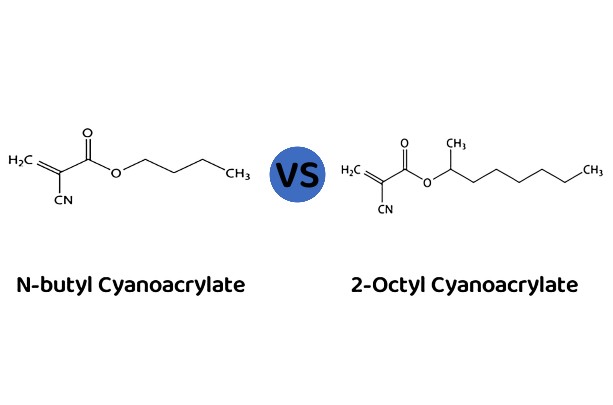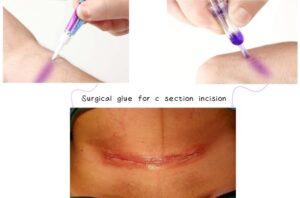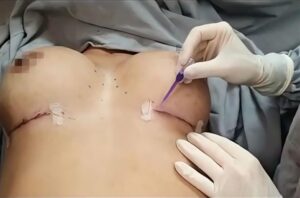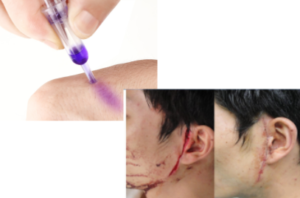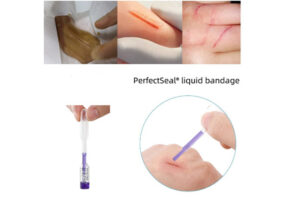N-butyl cyanoacrylate and 2-octyl cyanoacrylate are both effective tissue adhesives for closing wounds. They offer several advantages over traditional suturing, such as reduced procedure time, less pain and scarring, and improved cosmetic outcomes. They have different properties, read the following to help you understand n-butyl cyanoacrylate and 2-octyl cyanoacrylate so that you can quickly choose the appropriate cyanoacrylate tissue adhesive when bonding different wounds.
1. Chemical Structure:
2-octyl cyanoacrylate (chemical formula: C12H19NO2) has a longer carbon chain, which produces a stronger bond and is more flexible than n-butyl cyanoacrylate (chemical formula: C8H11NO2). This makes it ideal for use in areas that require flexibility, such as joints.
2. Adhesion Strength:
Both adhesives provide a strong bond between the wound edges. However, studies have shown that 2-Octyl has four times higher volumetric break strength than butyl cyanoacrylate. This property makes 2-octyl cyanoacrylate more suitable for high-tension wounds.
3. Setting Time:
N-butyl cyanoacrylate adhesives provide high strength with a faster setting time than 2-Octyl. N-butyl cyanoacrylate forms a strong bond within seconds, however, 2-octyl cyanoacrylate needs to form a strong bond within one to two minutes.
4. Availability and Cost:
N-Butyl cyanoacrylate is more widely available than 2-octyl cyanoacrylate and is typically less expensive.
5. Shelf Life:
The shelf life of n-butyl cyanoacrylate or 2-octyl cyanoacrylate skin adhesive glue all is 12 months at room temperature (preferably stored refrigerated at 5°C). Stabilizer content is available under request.
6. Storage:
Both adhesives should be stored at room temperature and protected from light and moisture. Exposure to high temperatures, humidity, or light may reduce the shelf life and effectiveness of the adhesive.
7. Adverse Effects:
Both adhesives may cause some adverse effects, such as skin irritation, wound dehiscence, and infections. However, the incidence of adverse effects is generally low, and the risk is generally considered acceptable.
8. Follow-up Care:
After the adhesive is applied, proper wound care is essential to promote healing and prevent infection. The patient should keep the wound clean and dry, avoid strenuous activity or excessive movement, and follow any additional instructions provided by the healthcare provider.
- Safety:
Both adhesives are considered safe for use in medical procedures.
In summary, n-butyl cyanoacrylate and 2-octyl cyanoacrylate are both effective medical adhesives for closing wounds. The choice of adhesive will depend on the location and severity of the wound, as well as the surgeon’s preference. It is important to weigh the pros and cons of each adhesive before making a decision to ensure the best outcome for the patient.
If you are interested in medical glue for cuts, want to know more information about medical adhesive glue, please contact us.

